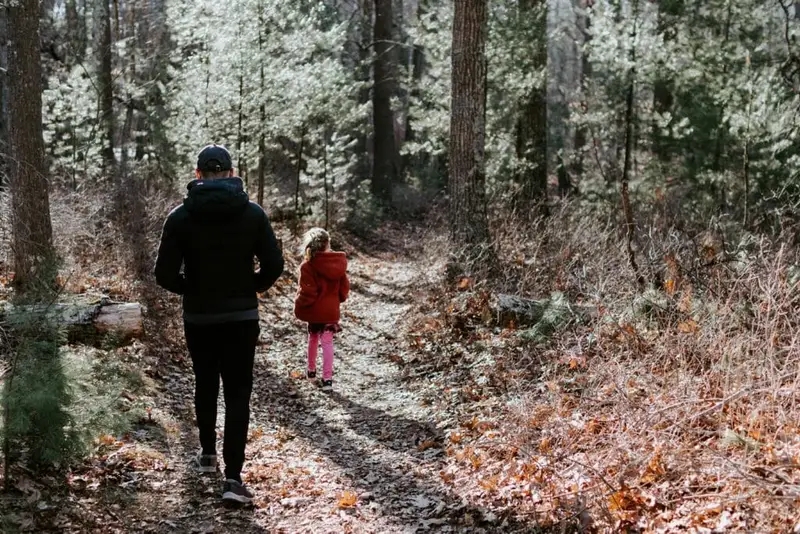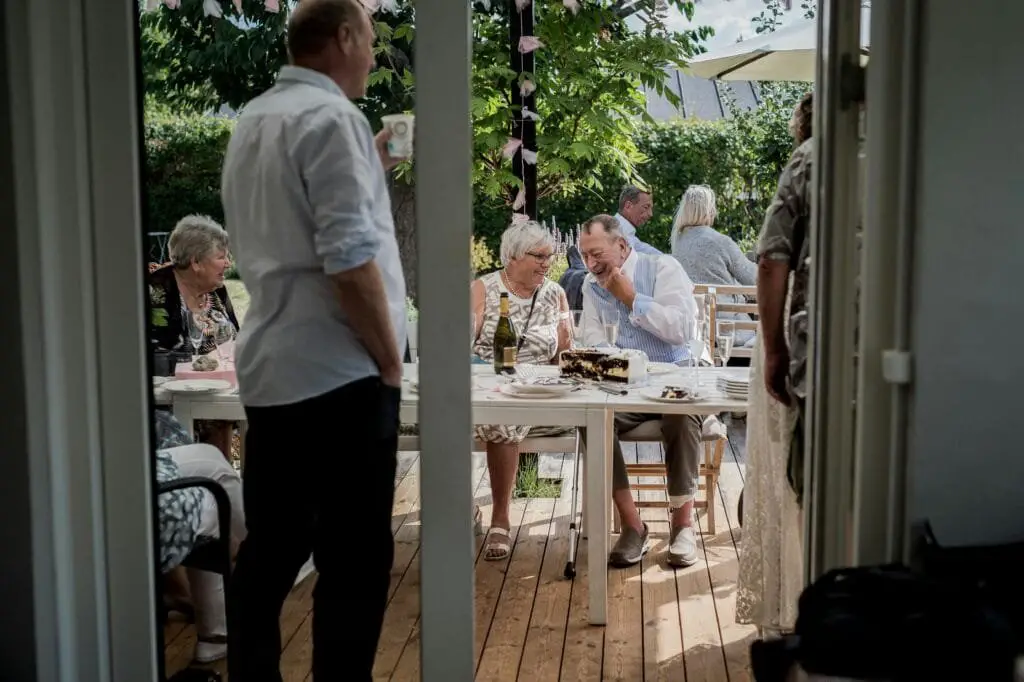1. The Dick Van Dyke Show – “That’s My Boy??”
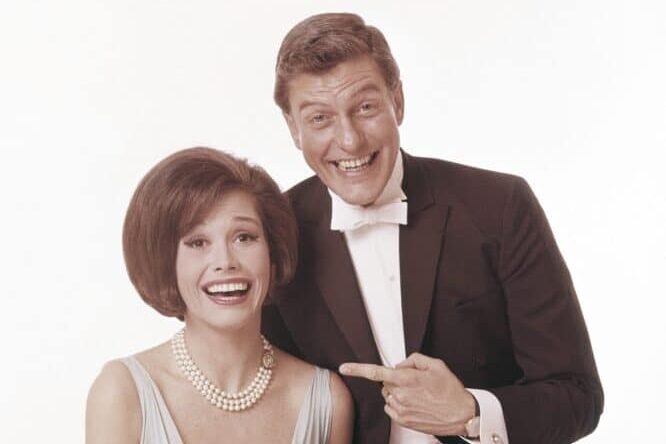
When this episode aired in 1963, it flipped audience expectations upside down. Rob Petrie, convinced the hospital sent him home with the wrong baby, nervously confesses his fears to neighbors. The big reveal comes when the couple shows up, and they’re Black—shocking to viewers at a time when interracial families were rarely acknowledged on TV. The joke wasn’t at their expense, but at Rob’s paranoia.
It’s considered one of the first moments a primetime sitcom casually introduced a Black family without making race the “issue.” At a time when TV was still carefully segregated, this episode left a lasting mark. It taught audiences that diversity could be funny, normal, and part of everyday life. Looking back, it feels surprisingly modern in its message.
2. Bewitched – “Samantha’s Wedding”
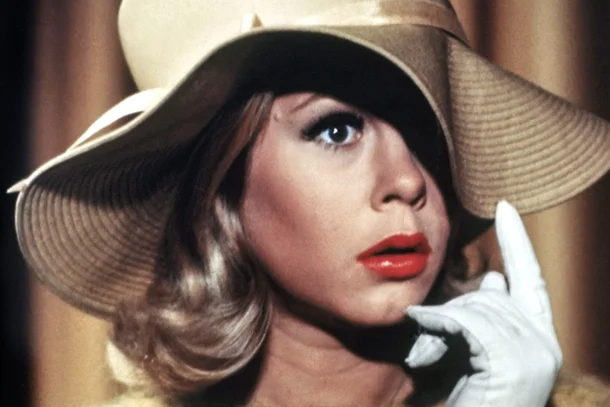
The early seasons of Bewitched often played with the tension between Samantha’s magical world and her “normal” suburban life. But her wedding episode in 1964 stunned viewers by showing her fully embrace her witch heritage before marrying Darrin. Seeing her relatives in their supernatural glory felt otherworldly compared to the typical sitcom wedding.
This episode stood out because it was really about identity. Samantha’s refusal to abandon her magic, even though she loved a mortal, resonated with viewers who felt different in their own lives. It turned a sitcom wedding into a bold statement about acceptance and compromise. Generations later, many see it as an allegory for mixed or unconventional marriages.
3. Gilligan’s Island – “Don’t Bug the Mosquitoes”
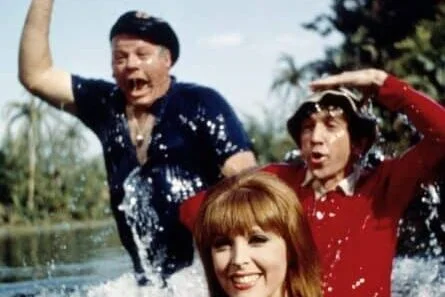
In 1965, Gilligan’s Island leaned into the rock ’n’ roll craze by introducing a Beatles-inspired band called The Mosquitoes. When the castaways tried to charm them into giving them a ride back to civilization, things spiraled into jealousy and chaos. What shocked audiences was how sharply it skewered the music industry and gender roles, especially when the women formed their own group.
At the time, a goofy sitcom tackling pop culture with such direct parody was unusual. It influenced future shows that weren’t afraid to spoof current trends while still being family-friendly. This episode gave Gilligan’s Island its place in TV history as more than slapstick—it was commentary wrapped in coconut gags. The legacy is clear: it showed sitcoms could be playful mirrors of society.
4. The Andy Griffith Show – “Opie the Birdman”
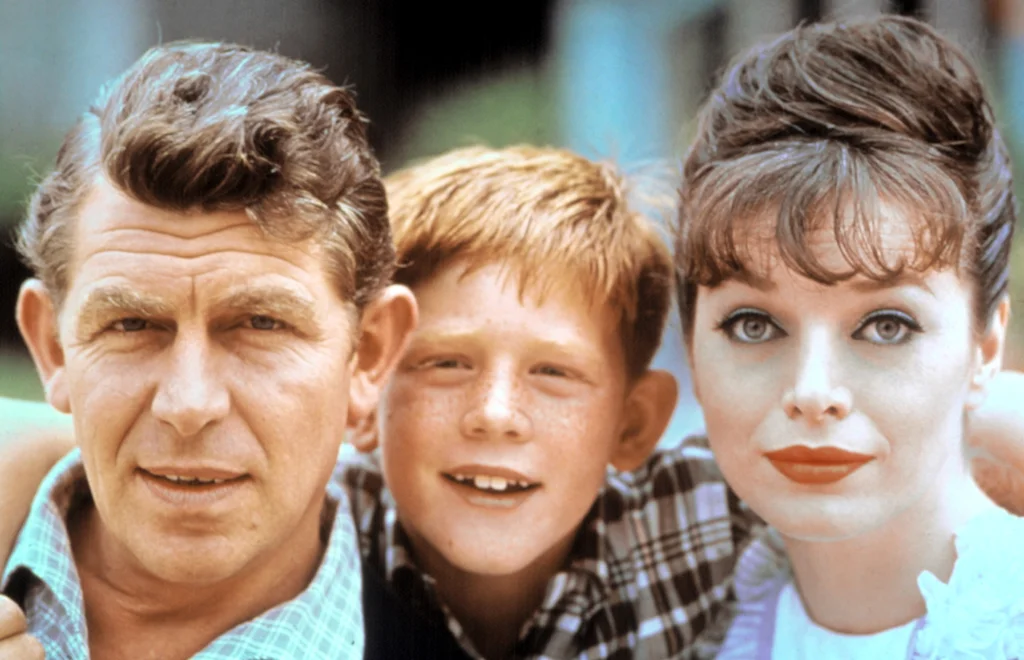
This 1963 episode had audiences reaching for tissues. When Opie accidentally kills a mother bird with his slingshot, Andy makes him take responsibility by caring for the baby birds until they’re ready to fly. It was a heavy moral lesson tucked into a gentle comedy. Many viewers weren’t used to seeing such emotional depth in a sitcom.
The episode shocked audiences because it didn’t sugarcoat the consequences of a child’s mistake. It modeled empathy, responsibility, and growth, and generations of parents still cite it as a teaching moment. The Andy Griffith Show proved that comedy could deliver powerful life lessons without losing its heart. It remains one of the most memorable moments in TV history.
5. I Dream of Jeannie – “The Wedding”
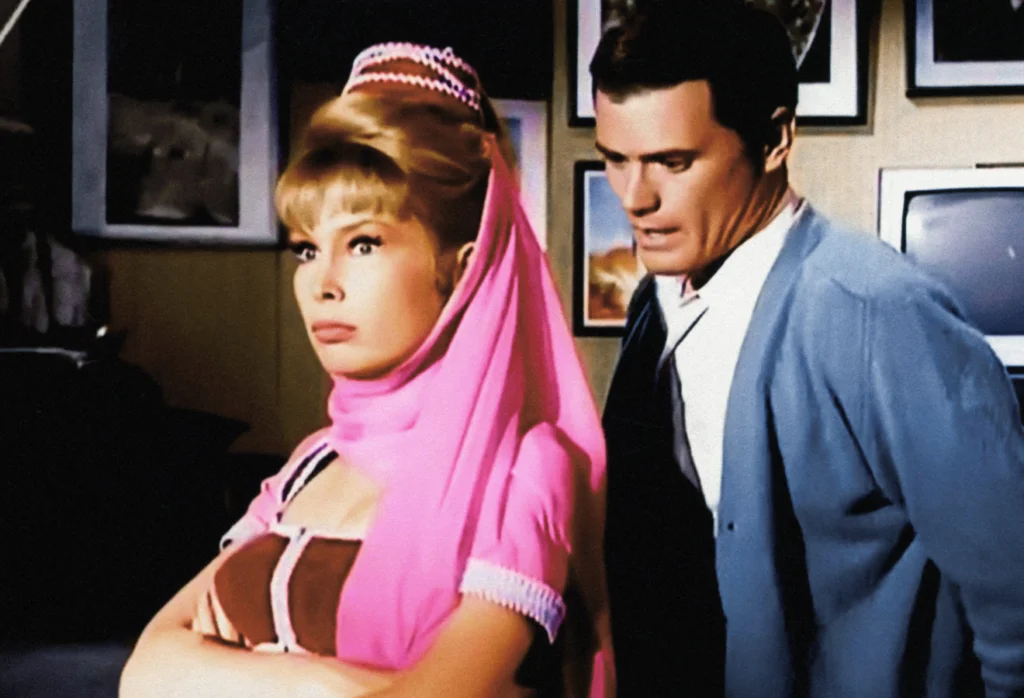
When Jeannie and Tony tied the knot in 1970, it wasn’t the dreamy fairytale fans expected. NBC heavily promoted the wedding, but the storyline shocked audiences because it felt forced, out of character, and ended the playful tension that defined the show. Many fans were disappointed, and even Barbara Eden later admitted it was a mistake.
Despite the backlash, the wedding episode influenced how networks handled “will-they-won’t-they” couples in sitcoms. It proved that the chase was often more fun than the happily-ever-after. Future shows, from Friends to The Office, learned to draw out romantic tension instead of rushing resolutions. It was a controversial moment, but one that shaped sitcom storytelling for decades.
6. The Beverly Hillbillies – “The Giant Jackrabbit”
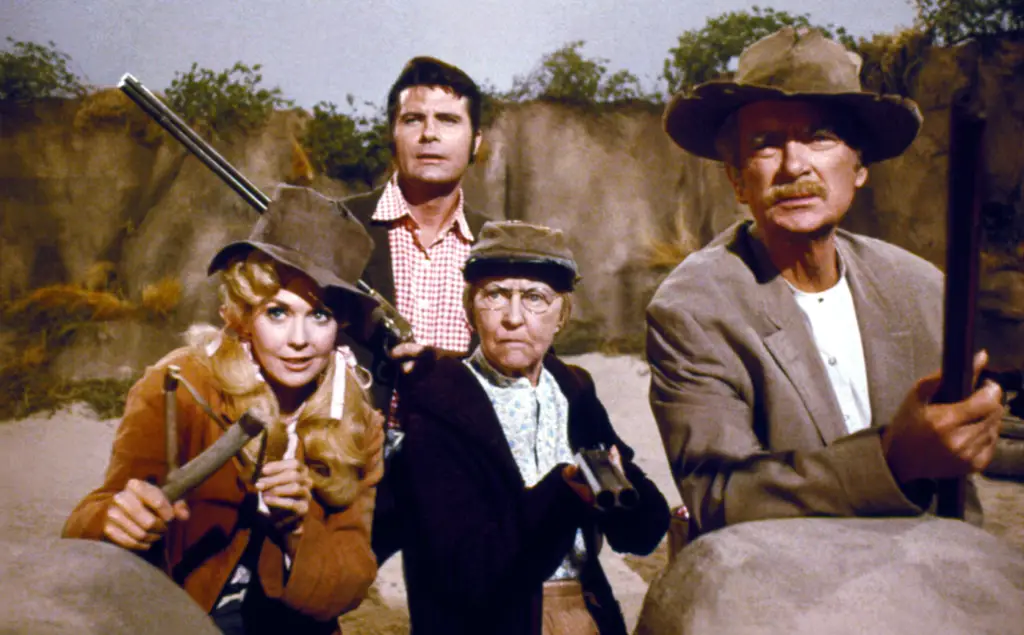
This 1964 episode became the highest-rated half-hour sitcom broadcast of the entire decade. The Clampetts mistook a kangaroo for a giant jackrabbit, leading to pure chaos. What shocked audiences was how wildly surreal the humor was compared to other sitcoms of the time. It was slapstick taken to absurd levels.
The episode showed that American audiences were ready for over-the-top comedy. Its massive ratings success encouraged other sitcoms to experiment with bigger, sillier storylines. Looking back, it feels like a bridge between classic rural comedies and the more zany humor of the ’70s. It influenced generations of physical comedy on TV.
7. The Munsters – “Munster Masquerade”
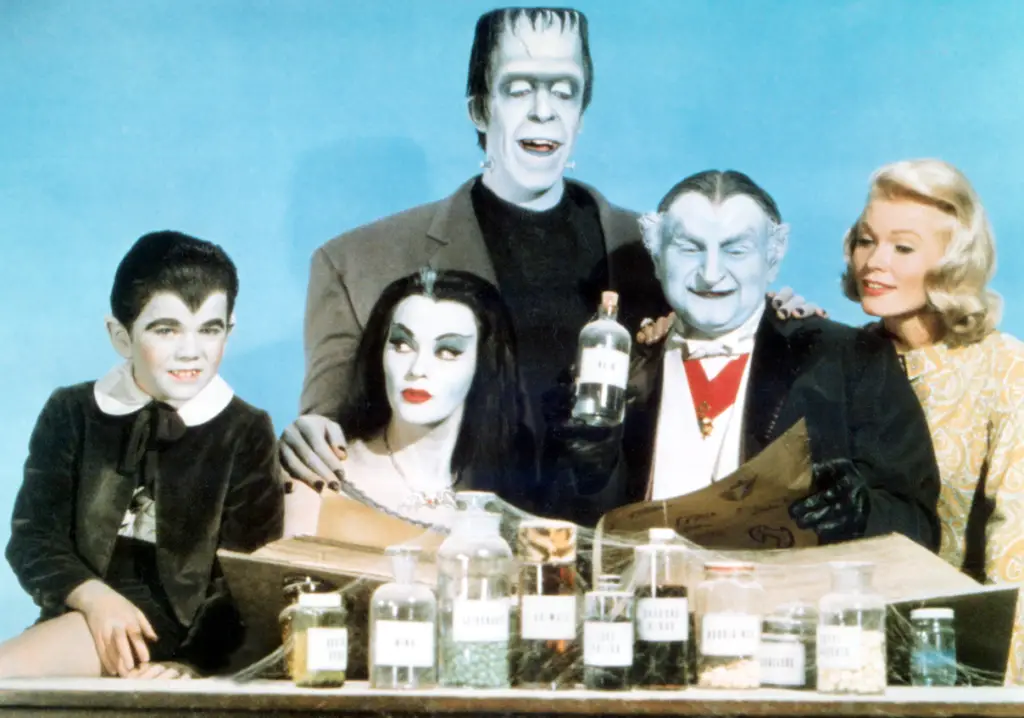
The pilot episode in 1964 introduced audiences to a family of lovable monsters trying to fit into suburban life. What shocked people was that it dared to present horror tropes in a wholesome, laugh-track sitcom. Instead of being scary, the Munsters were the most normal family on the block.
This episode set the stage for blending genres in TV comedy. It proved that audiences could accept and even adore unconventional characters if the storytelling had heart. The Munsters influenced generations of shows that mashed together opposites, from The Addams Family to Sabrina the Teenage Witch. It made “weird” mainstream in American homes.
8. Get Smart – “The Pilot”
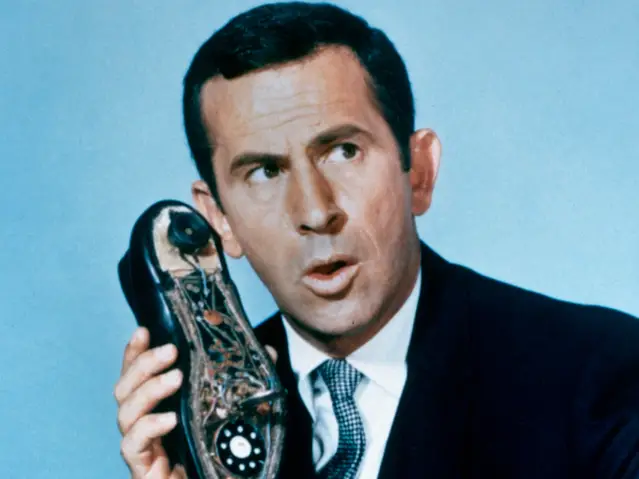
When Get Smart premiered in 1965, its first episode shocked audiences by mocking Cold War espionage. At a time when spies were portrayed as suave and serious, bumbling Maxwell Smart turned the genre into a farce. The episode’s bold satire, co-created by Mel Brooks, made people laugh at something that had loomed as deadly serious.
It influenced how comedy could poke fun at politics and culture without losing mass appeal. Shows like Saturday Night Live and The Simpsons owe part of their DNA to Get Smart’s groundbreaking blend of parody and slapstick. That first episode showed audiences that nothing—even global tension—was off-limits for laughter.
9. Gomer Pyle, U.S.M.C. – “Gomer Overcomes the Obstacle Course”
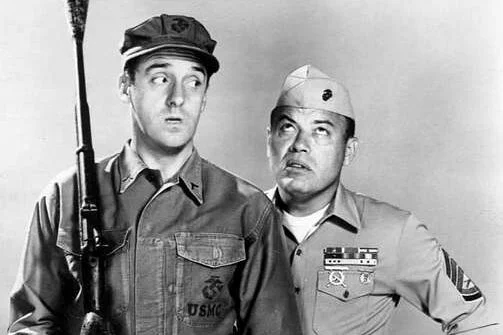
When sweet, bumbling Gomer Pyle joined the Marines, audiences expected endless fish-out-of-water laughs. But in this 1964 episode, his kindness and determination actually carried him through an impossible obstacle course. The shocking twist was that sincerity and optimism, not toughness, won the day.
This storyline sent a bigger message than most sitcoms dared. It reminded viewers that compassion could be strength, and that underdogs could shine in rigid systems. It influenced how TV portrayed “misfit” characters for years to come. Gomer wasn’t just comic relief—he became a role model for resilience.
10. Green Acres – “Lisa’s First Day on the Farm”
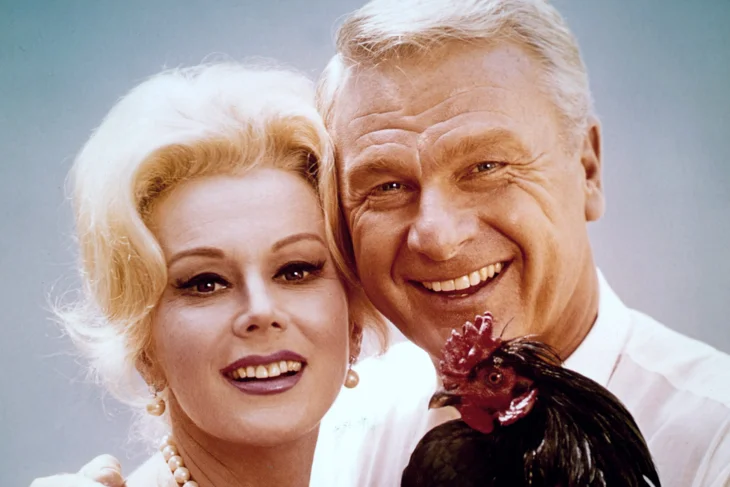
In this 1965 episode, Lisa Douglas arrives in the country, horrified by the rundown farmhouse her husband Oliver insists they move into. Audiences were shocked by just how far the show leaned into absurdity. Chickens in the kitchen, broken furniture, and Lisa’s glamorous despair made the episode a surreal mix of slapstick and satire.
It influenced generations of sitcoms by proving that humor could be rooted in culture clash and exaggeration. Shows like Schitt’s Creek echoed the same fish-out-of-water charm decades later. Lisa’s mix of elegance and exasperation gave viewers permission to laugh at change and discomfort. It was a shocking, funny, and oddly relatable debut.
11. Family Affair – “Buffy”
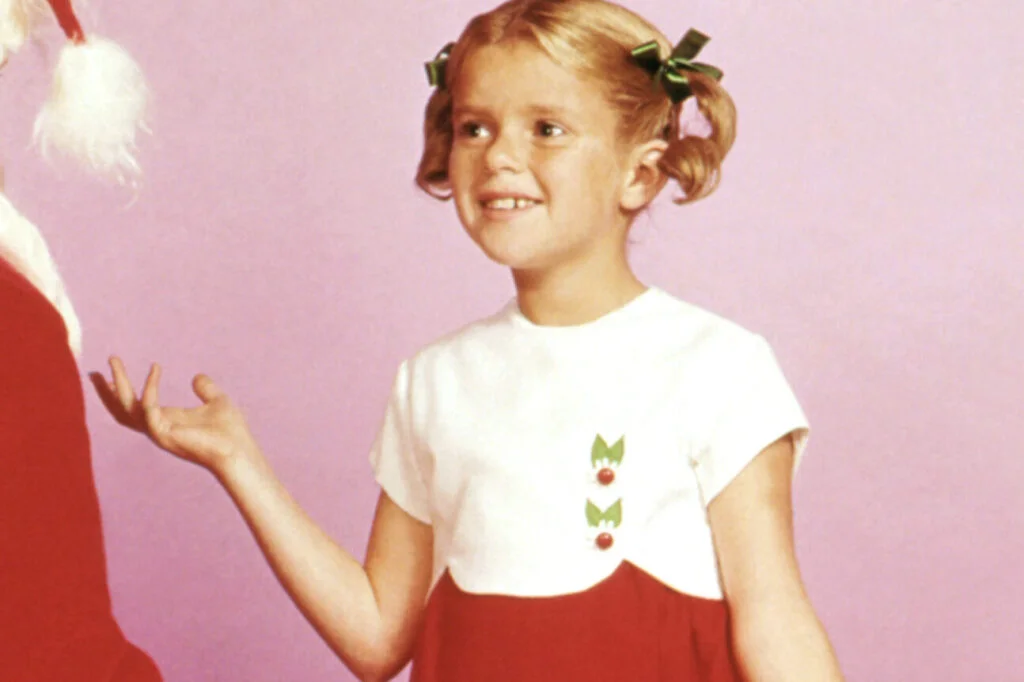
When Family Affair premiered in 1966, one of its earliest episodes focused on Buffy and her doll, Mrs. Beasley. The shock came from how seriously the show treated orphaned children adjusting to a new life. It was a tender, bittersweet storyline in a TV landscape mostly built on gags.
Audiences were moved by the emotional realism tucked into a sitcom. This episode proved that lighthearted shows could explore themes of grief, family, and healing without losing their warmth. It influenced later family comedies that balanced humor with heart. Buffy’s attachment to Mrs. Beasley became iconic, symbolizing resilience for generations of kids.
12. My Three Sons – “Robbie’s Wedding”
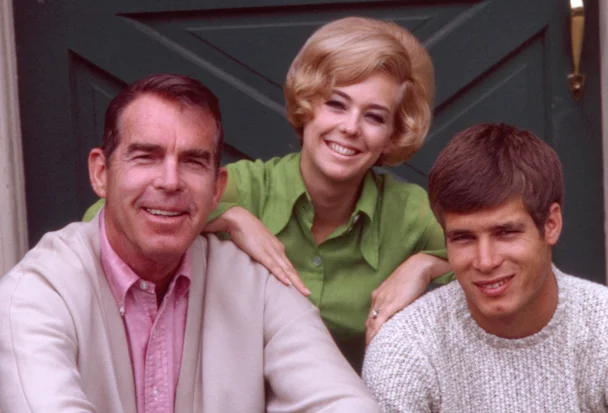
In 1967, audiences were surprised when teenage son Robbie suddenly got married. Sitcoms of the time usually kept kids young and storylines simple, but this episode leaned into real-life transitions. It shocked viewers to see a family sitcom embrace growing up, independence, and change so directly.
The episode influenced how later family shows handled milestones like weddings, graduations, and departures. Instead of resetting characters every week, it allowed them to evolve. My Three Sons proved that sitcom families could age and adapt alongside audiences. Robbie’s wedding was a turning point for generational storytelling on TV.

